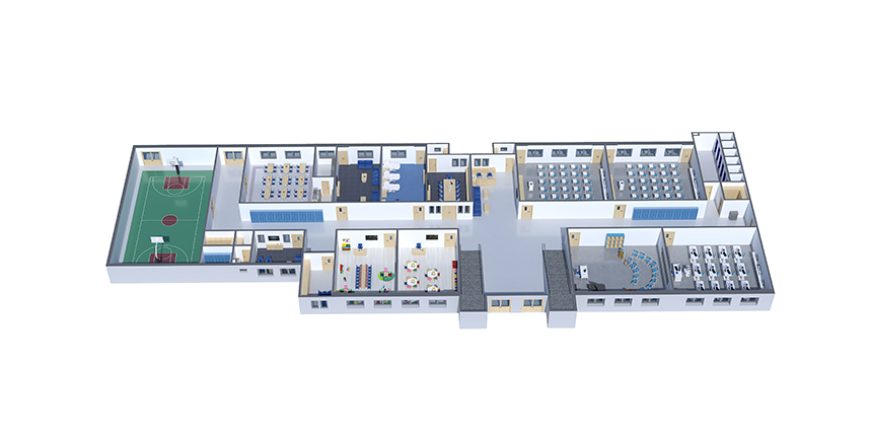
The educational sector will be substantially redesigned due to the rapid advancement of technology in the upcoming ten years. As a result of this transformation, educational building designs are adjusting, and the following factors are considered in educational spaces:
Functionality
Classrooms will need to be more practical. Form and function must be compatible.
Efficiency
Maximal energy efficiency will be achieved in building designs. A few strategies architects and builders are using to make their buildings more energy efficient include insulation, exposure, ventilation, alternative energy, and space.
Sustainability
Ensuring that the buildings they construct are long-term sustainable is one of the main issues facing designers and builders in the current era. The idea behind this is to determine whether concepts are appropriate for a given project and whether the use of specific materials is justified, rather than to push the boundaries of building design concepts and the materials required to make them a reality.
Integration
The period of unfettered building design is coming to an end as most people live in developed cities and the nearby suburbs. The necessity of integrating building design and construction into the surrounding environment, including WiFi connectivity, smart boards and walls, lines of sight, clarity of speech, areas of planned and unplanned cooperation, and more, must be highly emphasized in educational environments.
Safety and Emergency Response
Pertaining to the speed and safety with which occupants of the building can be evacuated in the event of an emergency.
Acoustics
Speech clarity is essential for the learning experience. Speech clarity refers to how well the listeners can understand the speaker. The facility acoustics should be addressed to secure speech clarity consistently.
